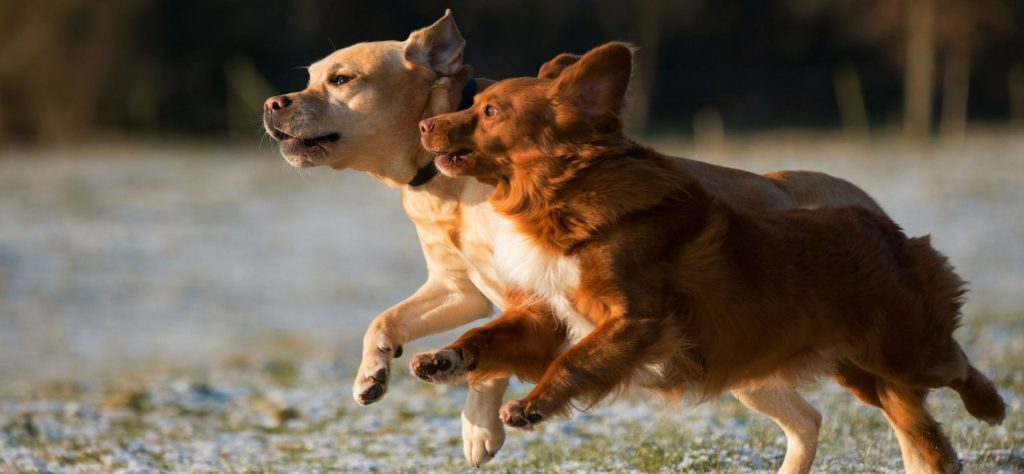Hi Wendy,
Thanks for your question.
I have never heard of a deep muscle X-ray. It’s possible that this person is referring to a CT scan or MRI. It is not necessary to diagnose a ruptured ACL with a CT scan or MRI. They way we diagnose cruciate ruptures is by feeling a laxity in the joint called a ‘drawer sign’. The diagnosis is confirmed by palpation of the joints while the dog is under sedation. Some veterinarians will have more comfort with their ability to diagnose this than others. The X-rays (or radiographs) are performed to lend more evidence to the diagnosis only, since a radiograph cannot detect the actual cruciate ligament but it can show changes to the surrounding tissue that supports the diagnosis. The radiographs are also important to determine that there are no other complicating factors to the condition, such as hip dysplasia that would create problems with immediate recovery and long-term function of the limb.
You mention that the surgery is expensive. I would tell you that in a 4-year-old dog, I suspect it will be more expensive if you don’t do the surgery. If the cruciate is torn and you don’t do the surgery, there is a good chance you’ll have to buy anti-inflammatory medication very soon and use it until the end of your dog’s life. The cost could be $50-$80 a month and then glucosamines and painkillers may need to be added later. Think of that cost on an annual basis going forward for years. In addition to that, the leg will still be painful on a daily basis and their quality of life and function will never reach the level it would with surgery compared to just using monthly medication.
There are braces and supportive devices that people sell for this condition but it is unknown whether these work as there is no known trials on them. In general, small breed dogs will do much better than large breed dogs if you chose not to perform surgery. You would have to consider restricting their movement by caging them for at least 1 month and only taking them out for bathroom breaks to achieve the best success with conservative therapy. The extreme restriction of activity is necessary for them to build up supportive scar tissue around the joint to help stabilize it.
Hopefully this helps. Good luck.
Dr. Clayton Greenway
